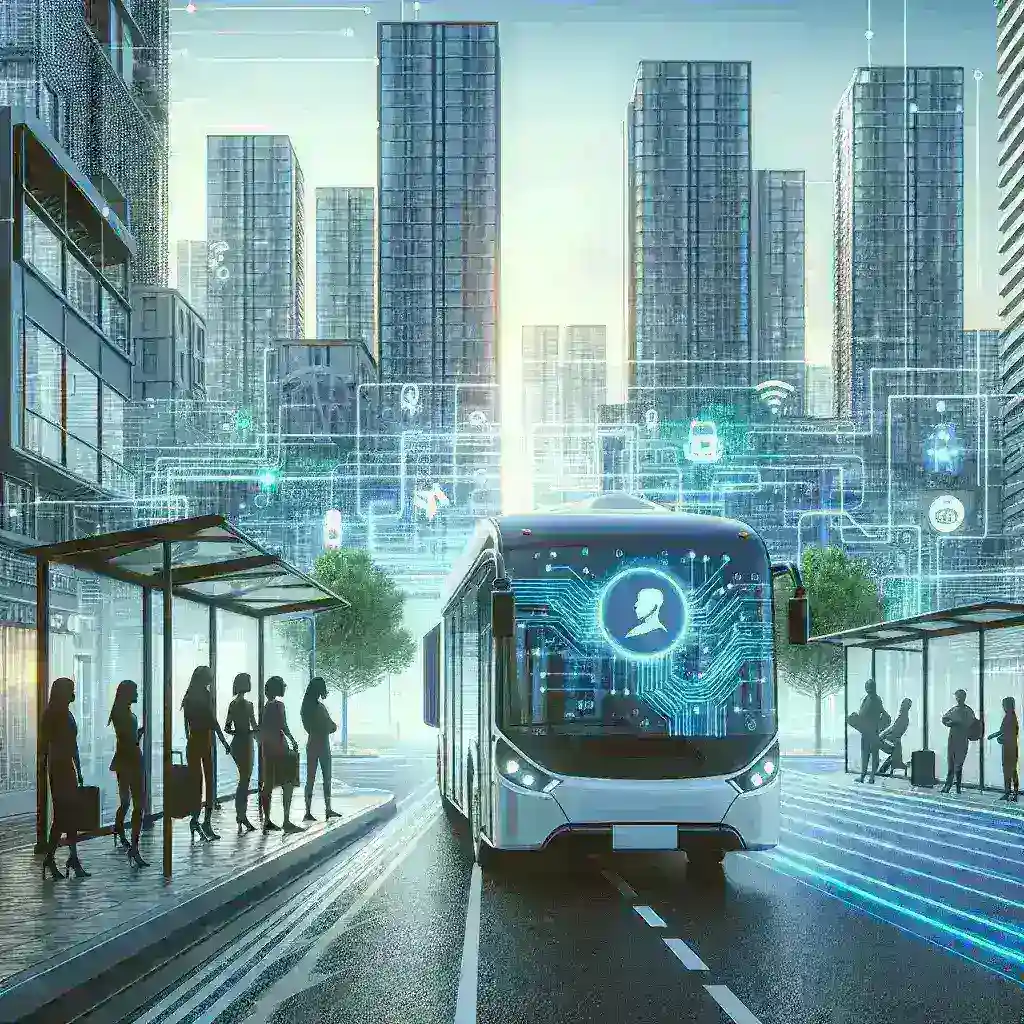Introduction
As urban populations swell and traffic congestion grows, the demand for innovative transportation solutions has never been more pressing. Lyft, a prominent player in the ride-sharing arena, is taking significant strides towards addressing these challenges by piloting AI-powered shared shuttle planning in key U.S. commuter corridors. This initiative not only highlights Lyft’s commitment to improving urban mobility but also showcases the potential of artificial intelligence in transforming public transportation.
The Need for Innovative Transportation Solutions
The rapid urbanization of cities across the United States has led to increased traffic congestion, longer commute times, and rising pollution levels. According to the Texas A&M Transportation Institute, traffic congestion costs the U.S. economy approximately $166 billion annually, with commuters spending an average of 54 hours stuck in traffic each year. These statistics illustrate the pressing need for effective and sustainable transportation solutions that can alleviate congestion and enhance the commuter experience.
Understanding AI in Transportation
Artificial intelligence has emerged as a game-changer in various industries, and transportation is no exception. By leveraging AI technologies, companies can analyze vast amounts of data to optimize routing, predict demand, and improve overall service efficiency. For Lyft, integrating AI into shuttle planning allows for a more responsive and adaptive transportation system, tailored to the changing needs of commuters.
Lyft’s Pilot Program: An Overview
In its latest initiative, Lyft is piloting AI-powered shared shuttle services in several U.S. commuter corridors. This program aims to provide a reliable and efficient alternative to traditional public transportation options, particularly in areas underserved by existing transit systems.
How It Works
The core of Lyft’s pilot program revolves around AI algorithms that analyze real-time data inputs, including traffic patterns, commuter behavior, and local events. These algorithms are designed to:
- Optimize Routes: By analyzing data, AI can suggest the most efficient routes, reducing travel time and enhancing service reliability.
- Predict Demand: AI can forecast peak usage times, allowing Lyft to adjust service frequency and capacity accordingly.
- Enhance User Experience: With user-friendly interfaces, commuters can easily access shuttle services, receive real-time updates, and even customize their travel preferences.
Benefits of AI-Powered Shared Shuttle Planning
The implementation of AI in shared shuttle planning comes with a myriad of benefits:
1. Increased Efficiency
By optimizing routes and predicting demand, Lyft’s AI system significantly enhances operational efficiency. This leads to shorter wait times and more reliable service for passengers, making shared shuttles a more attractive commuting option.
2. Cost Savings
Shared shuttles can reduce transportation costs for both operators and commuters. Fewer vehicles on the road mean lower fuel consumption and maintenance costs, ultimately leading to reduced fares for riders.
3. Environmental Sustainability
With a focus on shared mobility, Lyft’s initiative aligns with sustainability goals by reducing the number of single-occupancy vehicles on the road. This, in turn, contributes to lower greenhouse gas emissions and improved air quality in urban areas.
4. Enhanced Accessibility
The pilot program aims to address the needs of underserved communities, providing access to reliable transportation options where public transit may be lacking. This can have a profound impact on social equity, ensuring that all commuters can access jobs, education, and essential services.
Challenges and Considerations
Despite the promising outlook, Lyft’s AI-powered shared shuttle planning faces several challenges:
1. Data Privacy Concerns
With AI systems relying heavily on data collection and analysis, concerns regarding user privacy and data security arise. Lyft must prioritize data protection measures to maintain consumer trust.
2. Infrastructure Limitations
Implementing AI-driven solutions requires robust infrastructure, including reliable internet access and data-sharing capabilities across various platforms. In some regions, these technological foundations may be lacking.
3. Regulatory Hurdles
As with any transportation innovation, regulatory approval is crucial. Lyft will need to navigate complex regulations and engage with local authorities to ensure compliance and support for its initiatives.
Future Predictions and Trends
Looking ahead, the integration of AI in transportation is set to grow, with shared shuttle services potentially becoming a mainstream option for commuters. Industry experts predict that:
- Increased collaboration between public transit agencies and ride-sharing platforms will lead to more integrated transportation networks.
- AI advancements will continue to enhance the user experience, offering personalized travel options and seamless transition between different modes of transport.
- As cities become more congested, demand for shared mobility solutions will rise, prompting greater investment in AI technologies.
Conclusion
Lyft’s pilot program for AI-powered shared shuttle planning represents a significant leap forward in addressing the challenges of urban transportation. By harnessing the power of artificial intelligence, Lyft is not only optimizing its services but also contributing to a more sustainable and efficient commuting experience for all. As this initiative unfolds, it will be crucial to monitor its impact on urban mobility and the broader implications for the future of transportation.
Call to Action
Stay updated on Lyft’s innovative transportation solutions and their impacts on urban mobility. Join the conversation and explore how technology is reshaping the way we commute. For further details, visit Lyft’s official site.

Leave a Reply